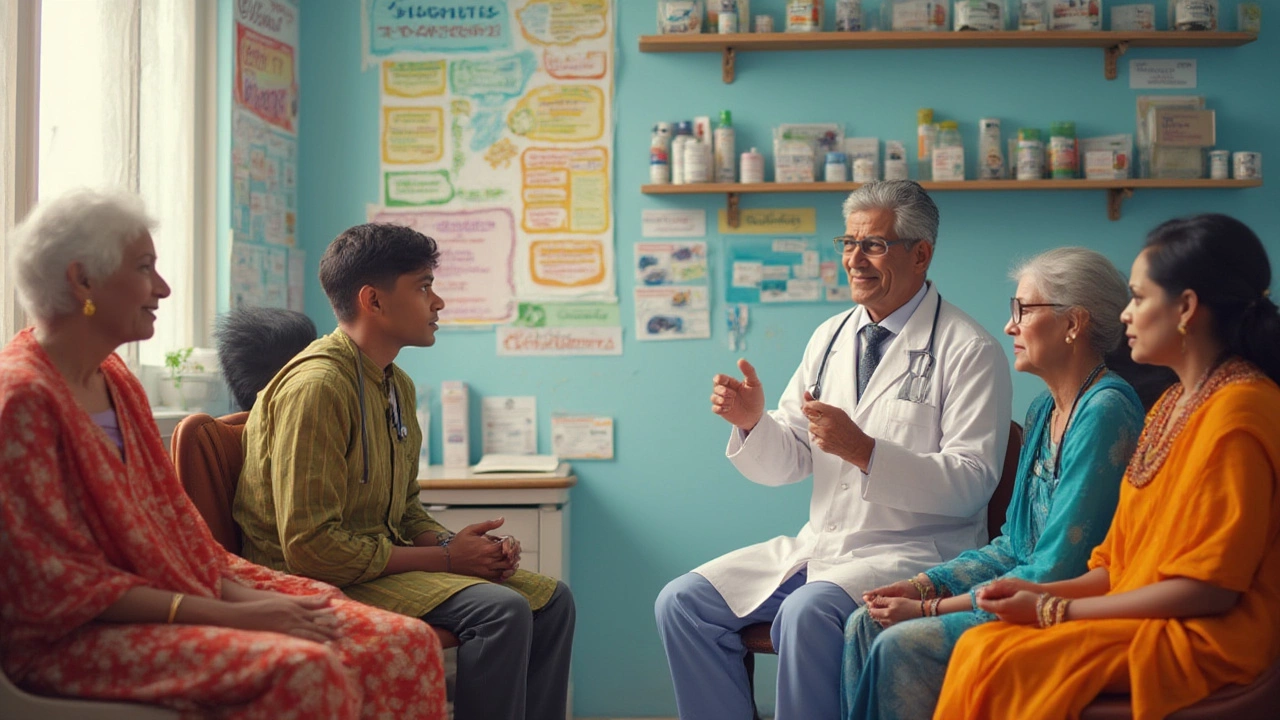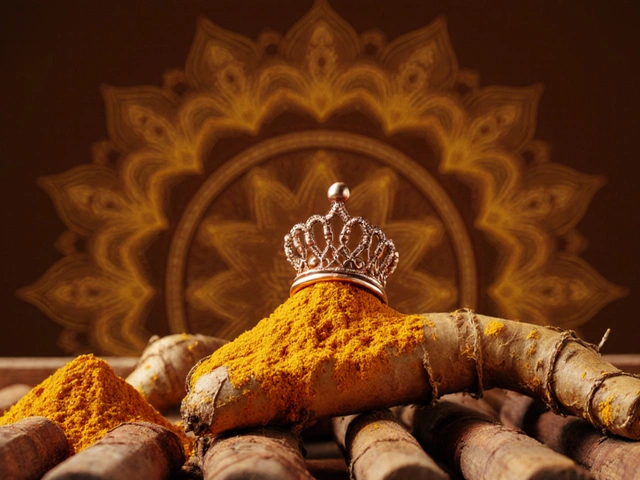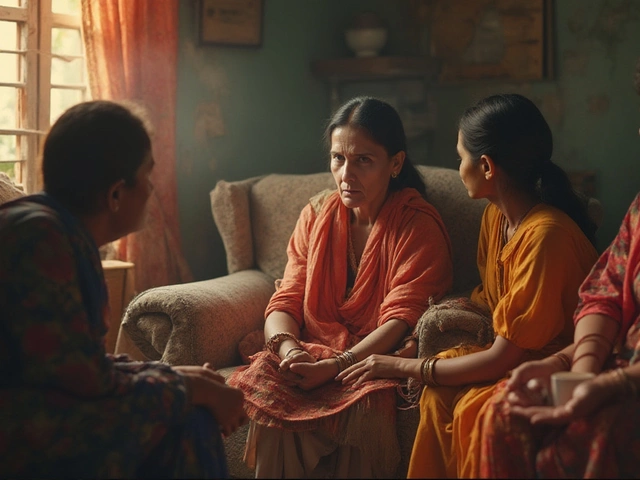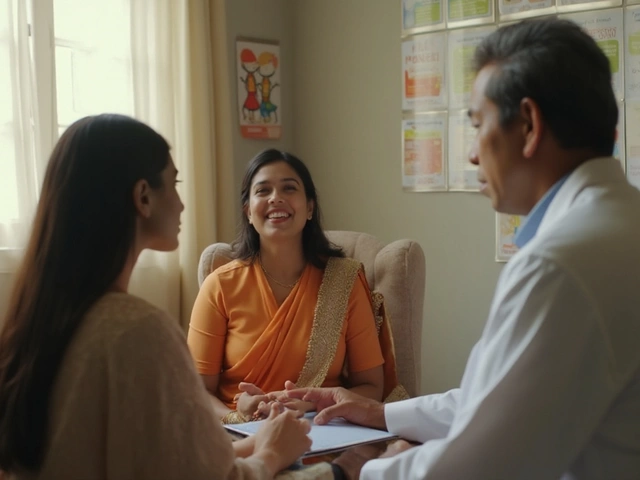Diabetes Drugs – What You Should Know Before You Take Them
If you have diabetes, you already know how important medicines are for keeping blood sugar in check. But not all diabetes drugs are created equal, especially in India where brand names, generic versions, and even counterfeit pills can pop up. Knowing the red flags can save you from nasty side effects and protect your health.
Common Diabetes Drugs and Their Risks
First up, Metformin. It’s the most prescribed drug for type 2 diabetes and generally safe, but some Indian brands have been found with higher-than‑expected impurity levels. Look for the batch number on the strip and check the pharmacy’s reputation.
Next are sulfonylureas like Glimepiride and Glipizide. They push the pancreas to release more insulin. The downside? They can cause low blood sugar (hypoglycemia) if you skip meals or mix them with other glucose‑lowering meds. In some reports, cheap sulfonylureas have contained hidden fillers that irritate the stomach.
GLP‑1 agonists such as Ozempic and Tirzepatide have made headlines for weight loss. While they work well, they can trigger nausea, vomiting, and in rare cases, pancreatitis. Because these are injectable, improper storage (exposing them to heat) can reduce effectiveness and increase the risk of bacterial growth.
SGLT2 inhibitors like Empagliflozin and Dapagliflozin help the kidneys dump excess sugar. They can raise the chance of urinary tract infections and, oddly enough, cause dehydration if you don’t drink enough water. Some Indian batches have shown variations in the active ingredient, so stick to reputable pharmacies.
How to Keep Your Diabetes Medication Safe
Start by buying from a licensed pharmacy that keeps records. Ask for the manufacturing date and expiry; avoid drugs that look discolored or have broken seals. If a price seems too good to be true, it probably is.
Keep a personal list of all the diabetes drugs you take, including dose and brand. Share this list with your doctor every visit. It helps catch drug interactions early – for example, mixing Metformin with certain antibiotics can increase the risk of lactic acidosis.
Read the label for any warning symbols. In India, a black triangle often means the drug is under additional monitoring for safety. Don’t ignore it; report any unexpected side effects to your doctor or the Pharmacovigilance Programme of India.
Store tablets in a cool, dry place away from sunlight. For injectables, follow the fridge instructions and discard any vial that has been opened longer than the recommended period. A quick visual check can catch clumps or cloudiness that signal contamination.
If you travel abroad, carry a copy of your prescription and a small stash of your usual brand. Different countries may have different names for the same drug, and using an unfamiliar version can lead to dosing errors.
Finally, stay informed. The Toxic Medicine Insights portal updates you on new alerts, recall notices, and research on drug safety in India. Bookmark the site and sign up for alerts so you never miss a warning about a diabetes drug you rely on.
Bottom line: diabetes drugs can keep you healthy, but only when you’re vigilant about quality, dosage, and side effects. Use trusted sources, keep records, and ask questions whenever something feels off. Your health is worth the extra effort.

Strongest Diabetes Medicines: What Really Works in 2025?
Explore the most powerful medicines for diabetes, including who they help, how they work, and which are considered strongest by recent research and doctors.

Turmeric: The King of Healing Herbs Explained
Oct, 12 2025



